SPANISH-AMERICA COLONIAL
1/29
There's no tags or description
Looks like no tags are added yet.
Name | Mastery | Learn | Test | Matching | Spaced |
|---|
No study sessions yet.
30 Terms
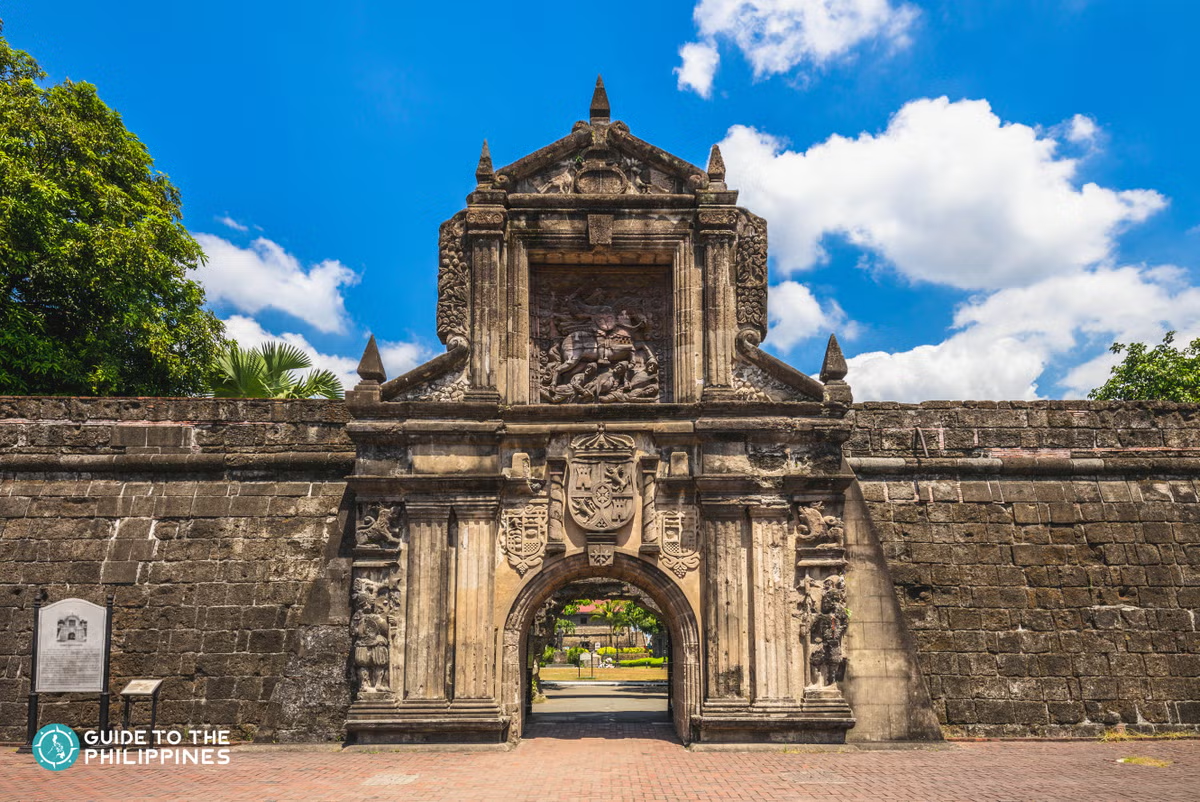
Intramuros
it is called ‘Walled City” and is one of the oldest districts of Manila. It is bound on all sides by moats and thick, high walls, with some over 6 metres high built on the southbank of the Pasig River around 1571. It was built by the Spaniards by Miguel Lopez de Served as the center of religious, political |and military power during the Spanish Era.
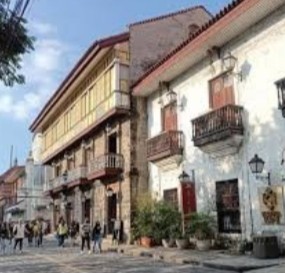
Extramuros
Living beyond the walls.
Pueblos
Villages outside the walls
Parian
Separate urban quarter designated to the Chinese Community
Dilao
Japanese Community
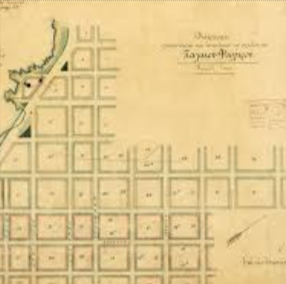
Cuadricula
A system of streets and blocks laid out in a grid pattern, with uniform precision.
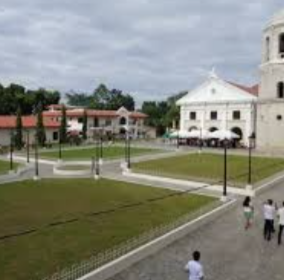
Plaza Complex
The plaza complex included an open space,chapel, convent, municipio, market,cemetery, and nearby residences.
Covento
Parish house or rectory
Campanarios
Bell towers

Basilica Minore Del Santo Niño, Cebu
Is the Oldest church in the Philippines. Is a minor basilica in Cebu City, that was founded in 1565 by Fray Andrés de Urdaneta and Fray Diego de Herrera.
It was allegedly built on the spot where the image of Sto. Niño was found during the expedition of Miguel Lopez de Legazpi.
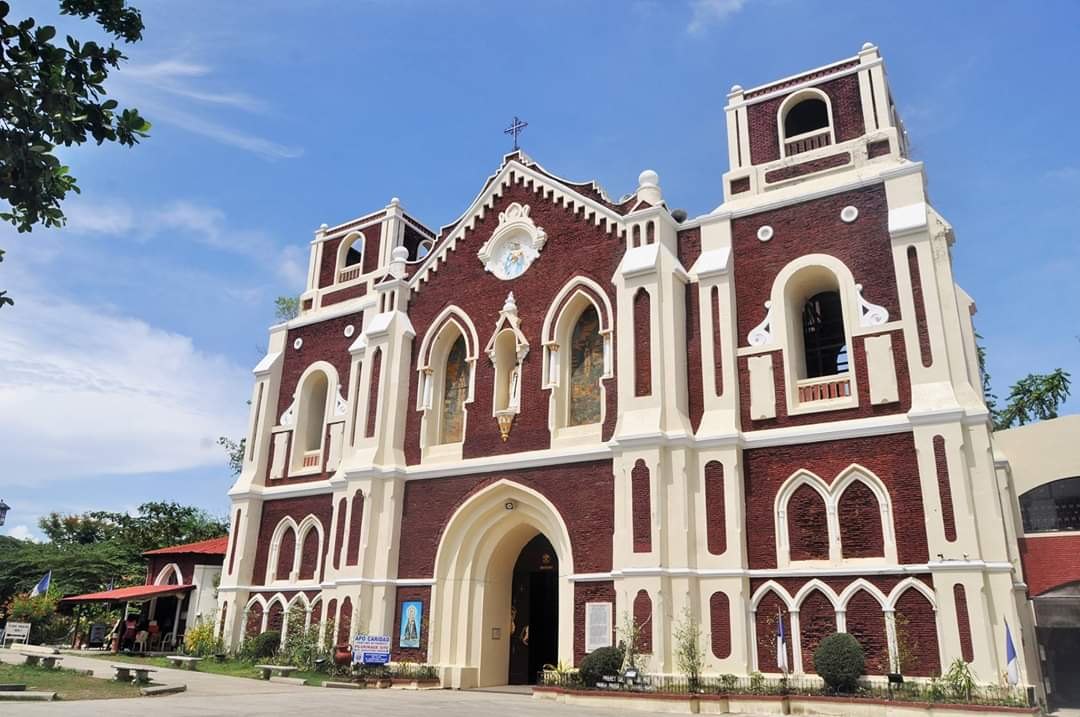
Bantay Church, Ilocos Sur
The Saint Augustine Parish Church. Also called, Shrine of our Lady of Charity. Was established in 1590, and is considered as the oldest church in Ilocos Region.The Belfry served as a watchtower for pirates. It is a Neo Gothic design with a mixed of pseudo Romanesque materials and elements.
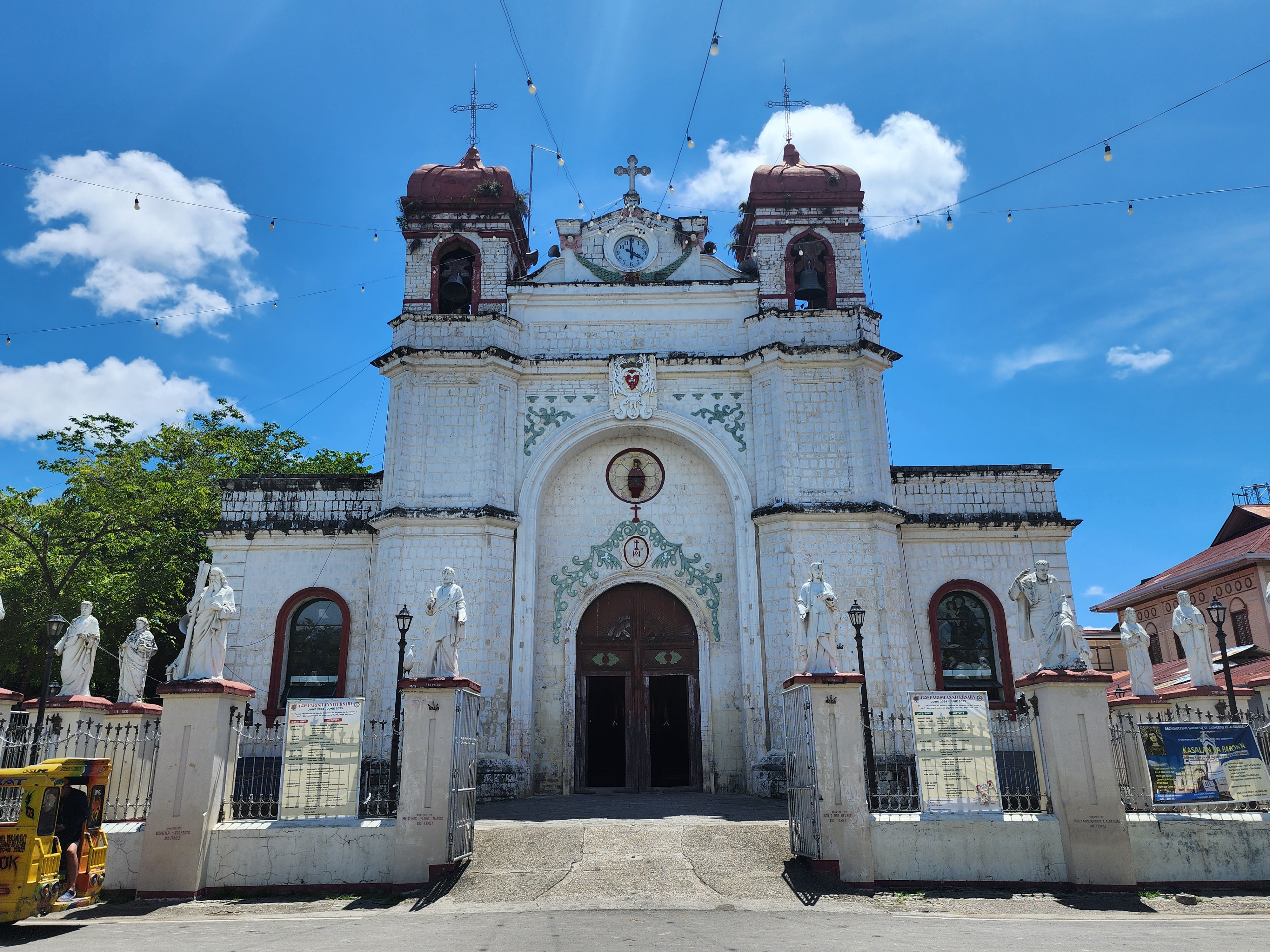
Carcar Church, Cebu
Also known as Church of Sta. Catalina de Alexandria. It was built sometime during the 19th Century in Carcar, Cebu.The church also has a Minaret-like bell towers similar to a Muslim mosques. The church exhibits Neo-Mudejar, revival baroque, and Austrian Baroque architecture.

San Sebastian Church, Manila
Is a basilica minore in Manila, Philippines. Is the First and only steel church in Asia. Completed in 189), it is notable for its architecture. The basilica features a Neo-Gothic architecture.
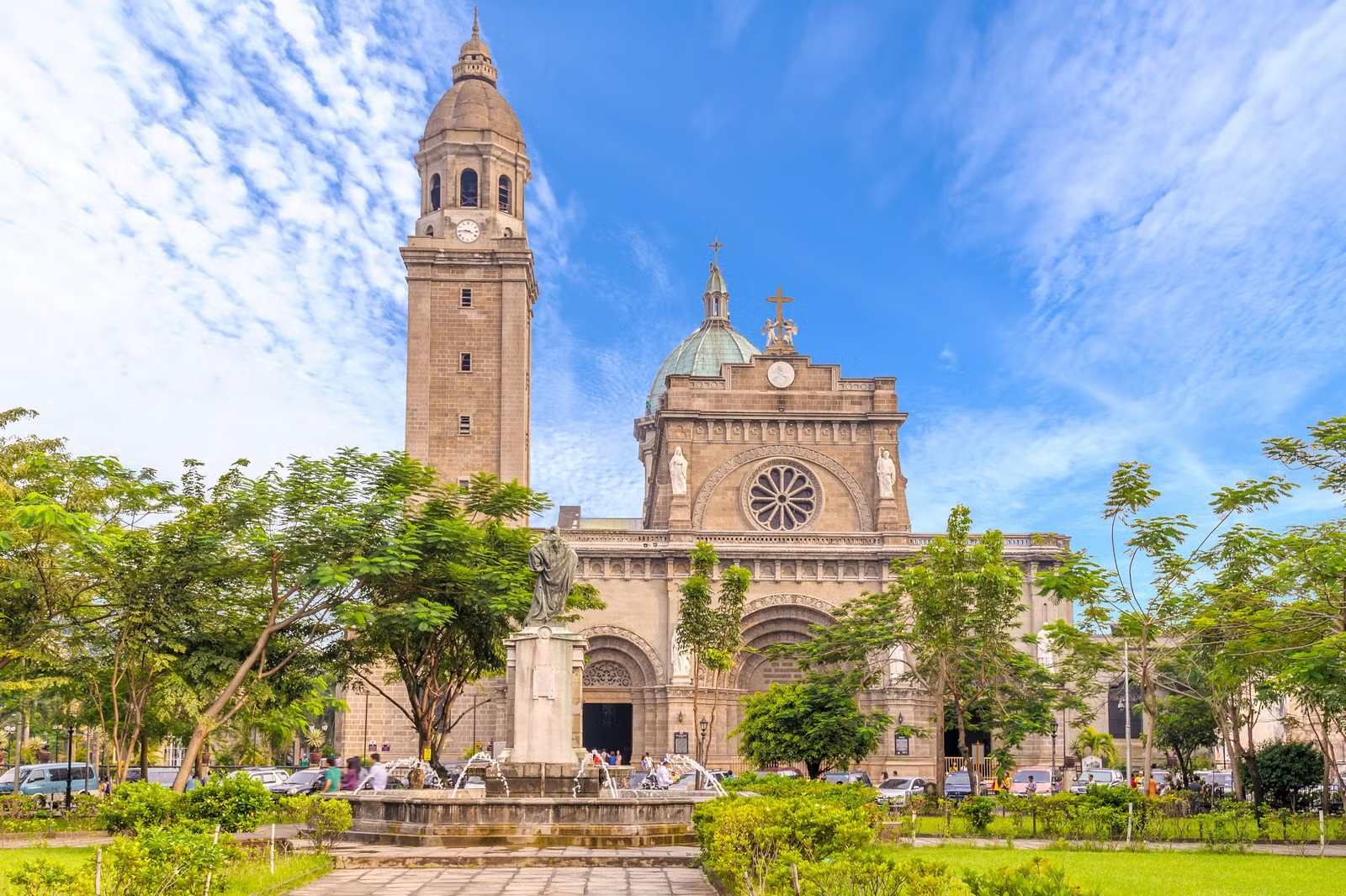
Manila Cathedral, Intramuros
The Minor Basilica and Metropolitan Cathedral of the Immaculate Conception, is a minor basilica in Intramuros. Since its completion in 1581, the cathedral has undergone multiple instances of damage and destruction. The current and eighth iteration of the cathedral was finalized in 1958.
Restoration by Fernando Ocampo. The cathedral is a Neo- Romanesque.
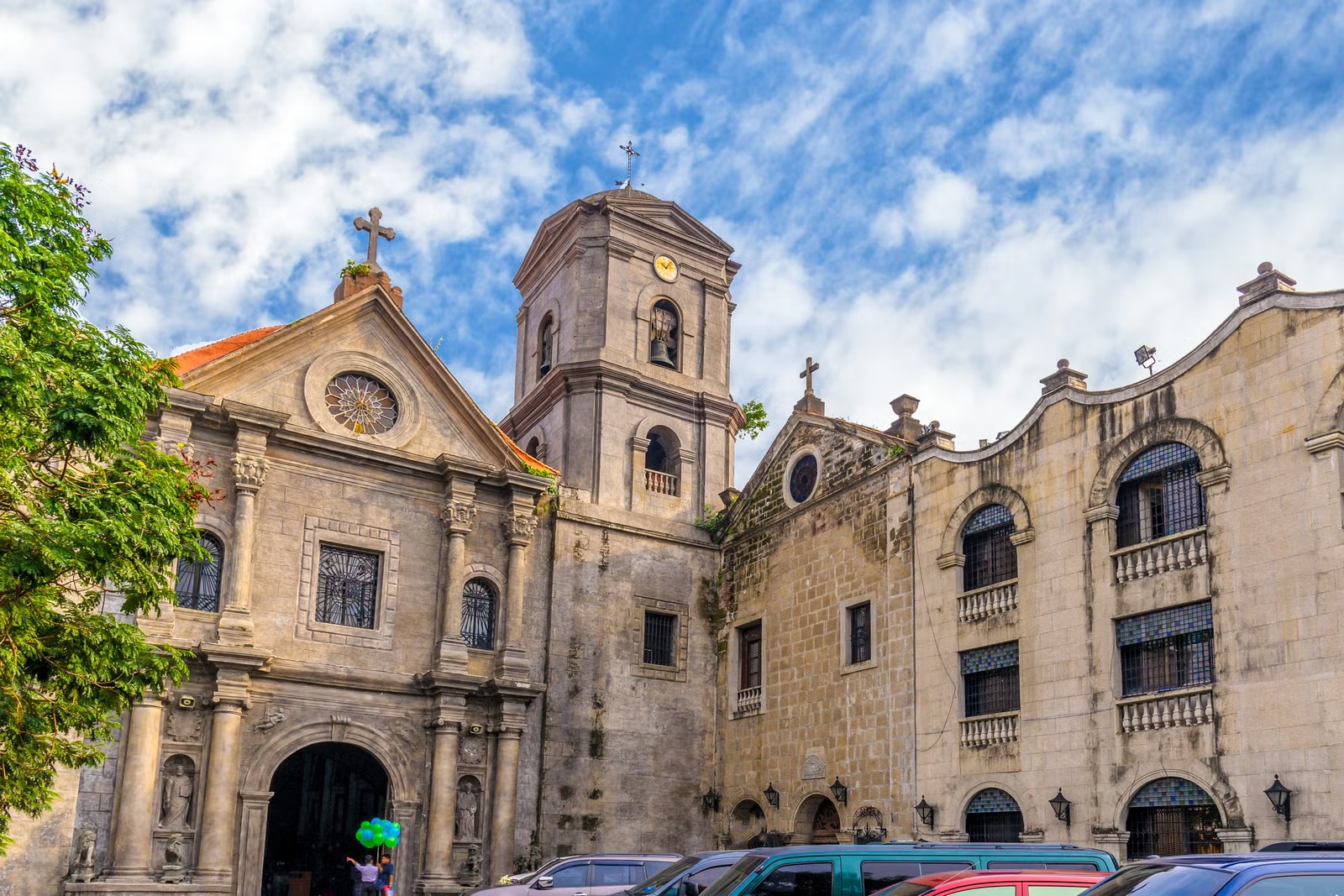
San Agustin Church
Intramuros, Manila
A Roman Catholic church falls under the authority of the Order of Saint Augustine.
Completed in 1607, it holds the distinction of being the oldest stone church in the country and the only structure to survive World War Il in Intramuros.
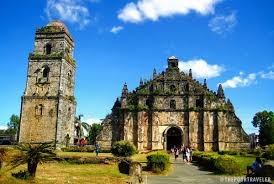
Paoay Church
Paoay, Ilocos Norte, Philippines
Also called Saint Augustine Church. It is the most outstanding example in the Philippines of an Earthquake Baroque style architecture. Fourteen massive buttresses are ranged along the lines of a giant volute supporting a smaller one and surmounted by pyramidal finials.
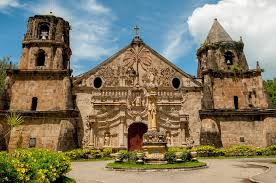
Miag-Ao Church
Miagao, Iloilo, Philippines
Also known Santo Tomas de Villanueva Parish, It is described as the finest example of Fortress Baroque church. It is a Roman Catholic church situated in Its facade is adorned with an intricately designed bas-relief, flanked by two imposing watchtower belfries
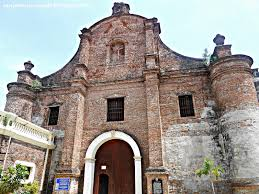
Santa Maria Church
Santa Maria in Ilocos Sur, Philippines
Known as the Church of Our Lady of the Assumption, is the Roman Catholic parish church of. Its brick facade is characterized by a large portal and three windows, with a recessed arched entrance flanked by rectangular pilasters. Circular buttresses with urn-like finials adorn the sides of the facade, creating a distinctive architectural profile.
Fortresses
Characterized by a heavy stone walls, moats, and grid road layouts. Bastions, keeps, and watchtowers were also built to cover blind spots.
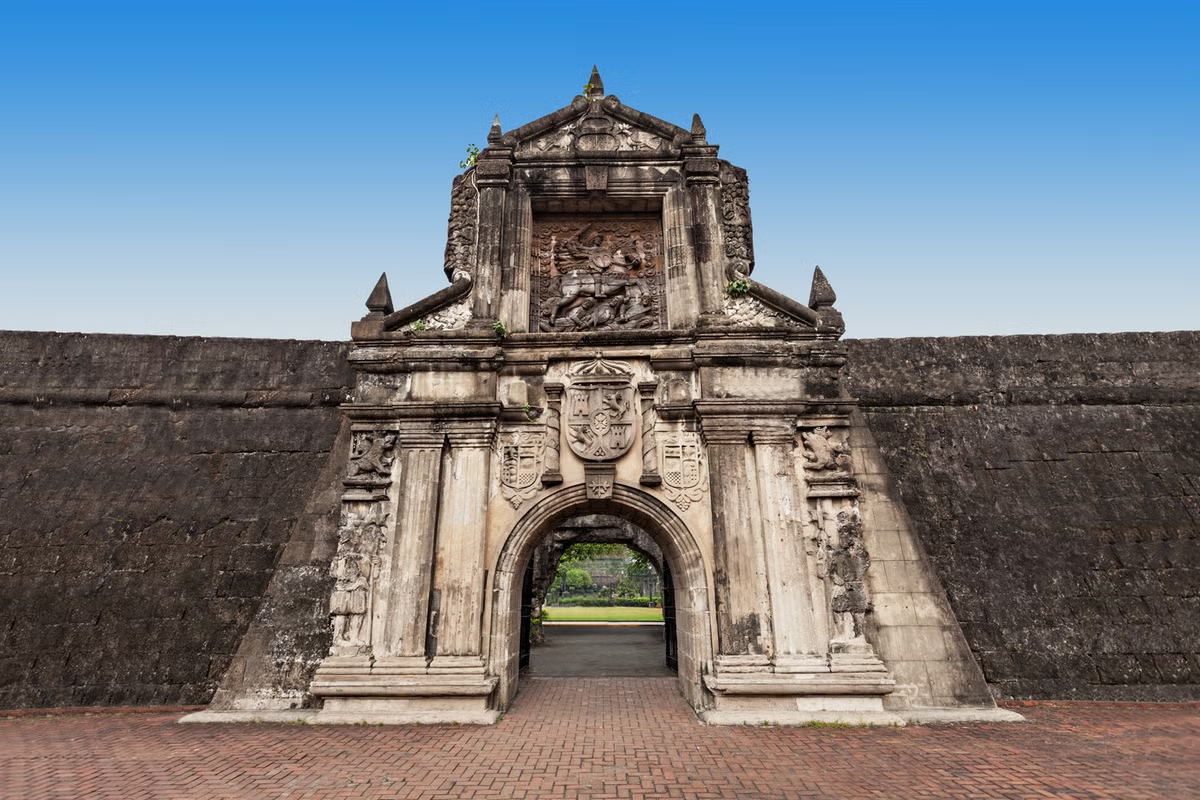
Fort Santiago
Intramuros, Manila
Built in 1871 by Spanish navigator and governor Miguel Lépez de Legazpi ______ is a citadel constructed for the newly established city of Manila in the Philippines. Situated within Intramuros, the walled city of Manila, this fortress served as a defense stronghold.

Fort San Pedro
Cebu, Philippines
Built by the Spanish under Miguel Lopez de Legazpi in is a military defense structure located in Plaza Independencia. Originally constructed of wood, it is triangular in shape, with two sides facing the sea and the third facing land. Defended by artillery and a strong wooden palisade,it served as a vital stronghold during the Spanish colonial period.
Ayuntamiento
A town hall in Spain former Spanish colonies.

University of Sto. Tomas
Founded as the Colegio de Nuestra Señora del Santísimo Rosario in 1611, it was later renamed Colegio de Santo Tomás and eventually elevated to university status by Pope Innocent X in 1645.
Accesorias
Apartment dwellings.
Evolved from the need of migrant laborers for cheap housing in commercial and industrial areas. Vivienda, each unit; has a zaguan, sala and sleeping quarters,
Bahay na Bato
A housing prototype which combined elements of the indigenous and Hispanic building traditions to prevent the dangers’ posed by fire, earthquakes and cyclones.
Camp John Hay, Baguio
A former military facility in Baguio, Philippines. Protected Baguio and the nearby gold mines and projected the American military presence in northern Luzon. Also served as a rest and recreation camp for officers and men.
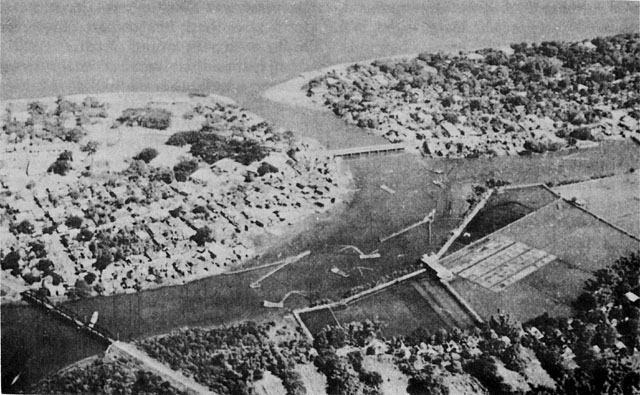
Fort William Mckinley, Manila
Now Known as Fort Bonifacio, was established during the Philippine-American War in 1901. Situated south of the Pasig River and extending down to Alabang Creek. it is located in Manila, Philippines. Home of the Philippine Division.
The main American ground unit in the Philippines.
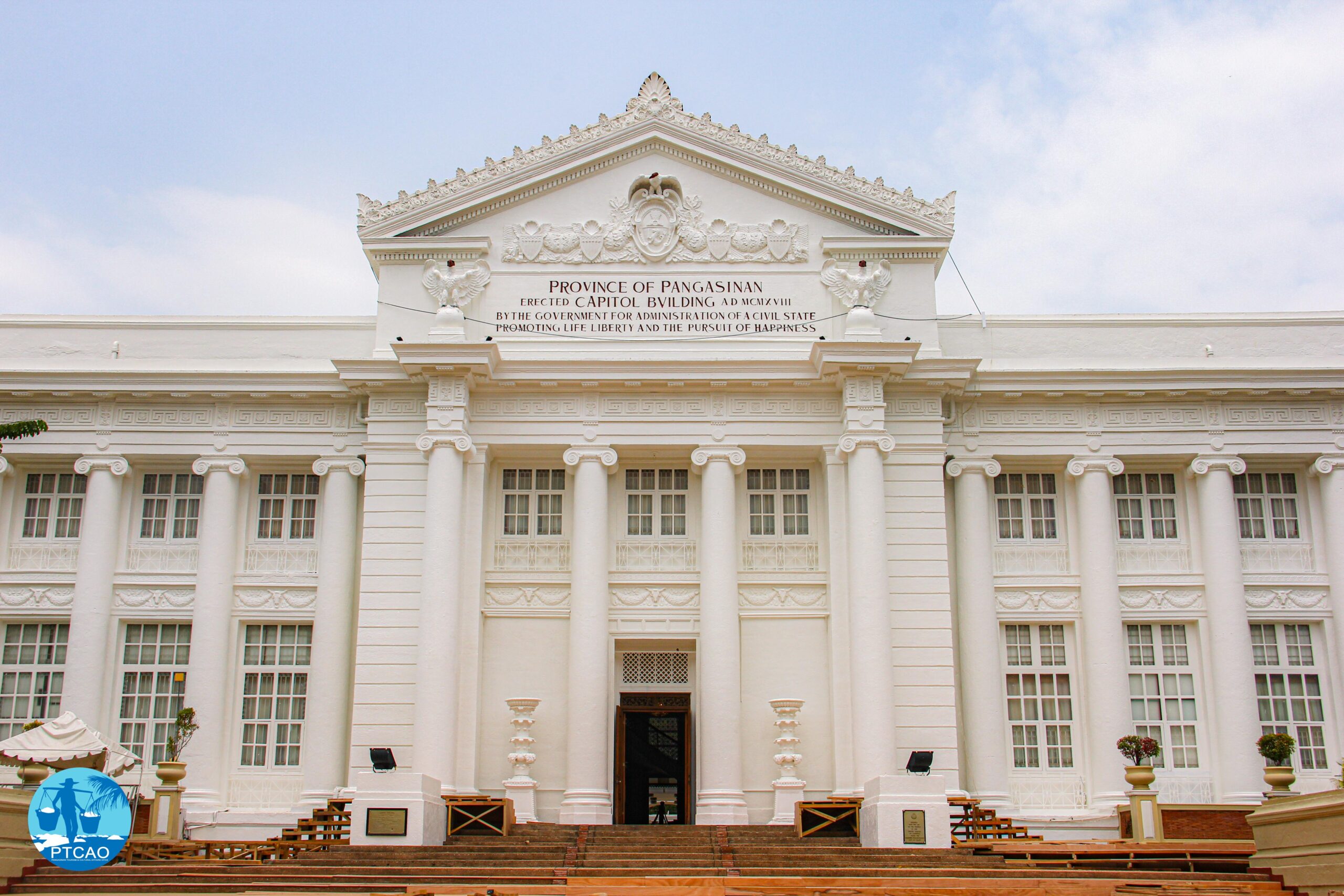
Pangasinan Capitol
The provincial capitol, designed by Daniel Burnham, was declared one of the Philippines eight Architectural Treasures by the National Commission for Culture and the Arts. Built between April 21,1917, and 1918, it was completed with a budget of three hundred thousand pesos.
Supervised by Ralph Harrington Doane, as a consulting architect.
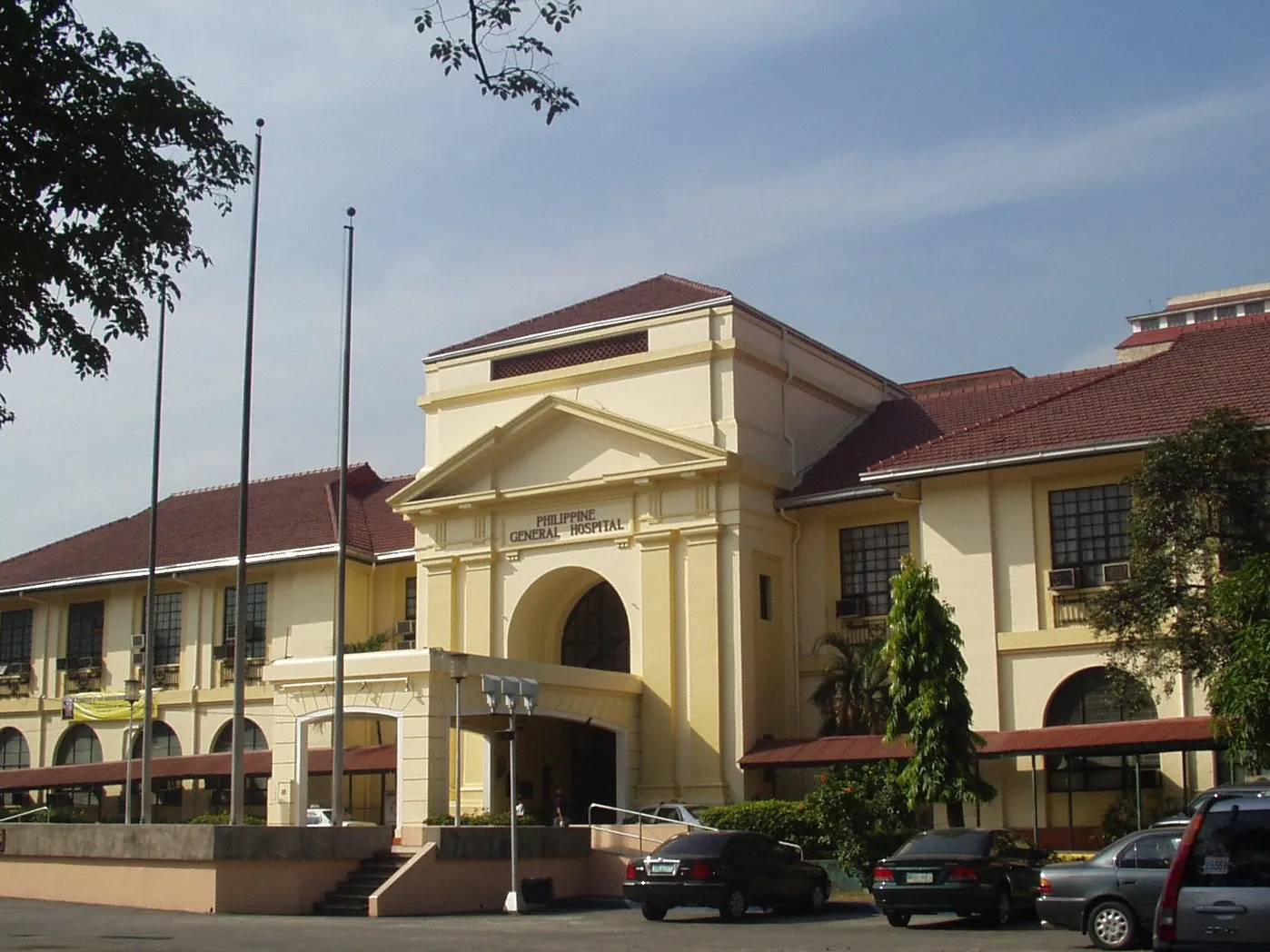
Philippine General Hospital
Designed by architect Tomas Mapua in the Neoclassical style as part of Daniel Burnham's urban plan for Manila. It was executed by William Parsons. which included iconic structures like the Manila Hotel and the Army and Navy Club. Parsons’ designs blended Neoclassical features with colonial tropical architecture.

Manila Hotel
A historic five-star establishment boasting 550 rooms, by William Parsons. Is situated along Manila Bay in the Philippines. Built in 1909 torival Malacañang Palace, the official residence of the President of the Philippines, it was inaugurated on July 4, 1912, coinciding with the commemoration of American Independence. One of the most prestigious hotels in the world during its time.